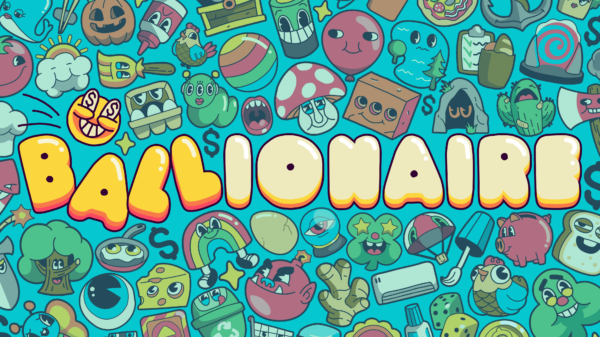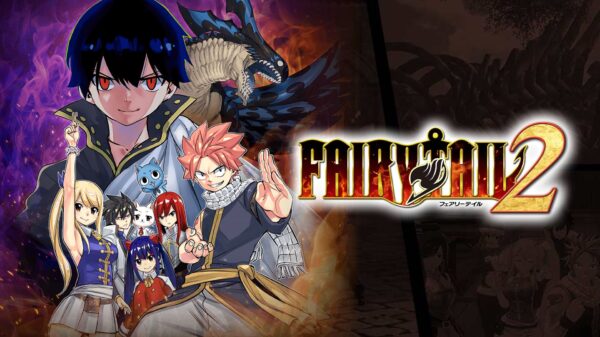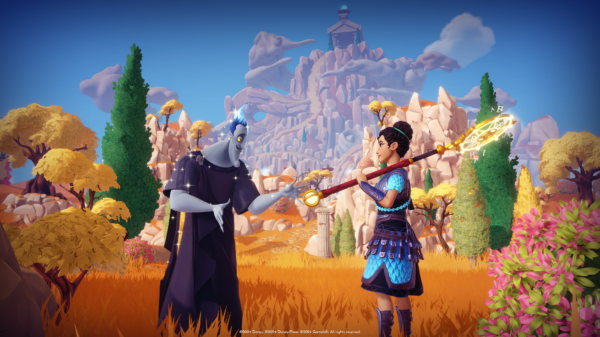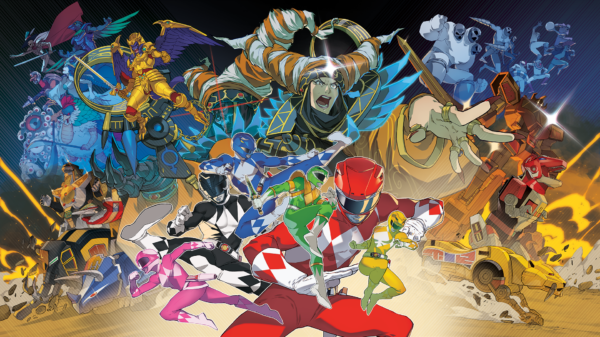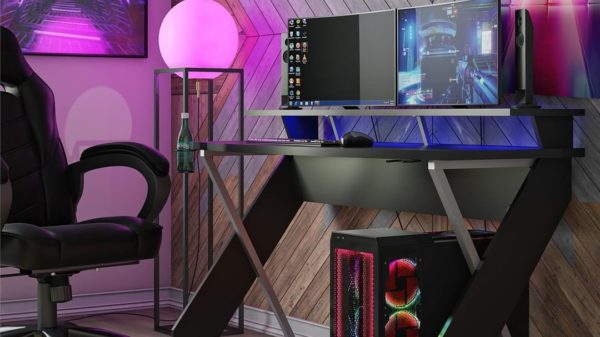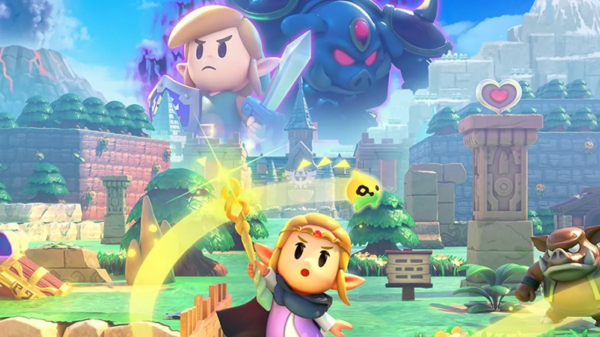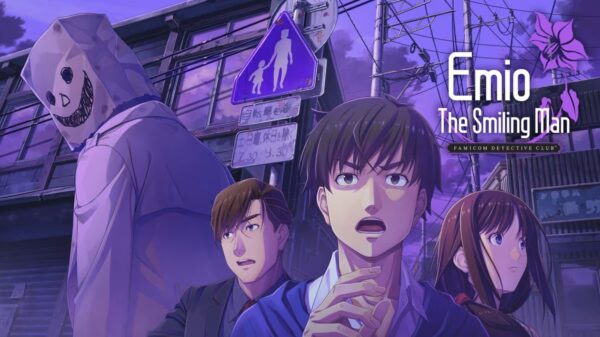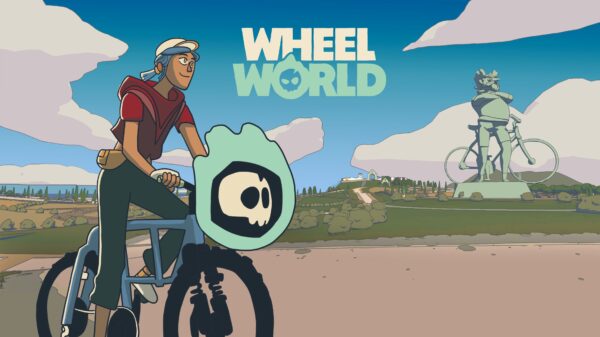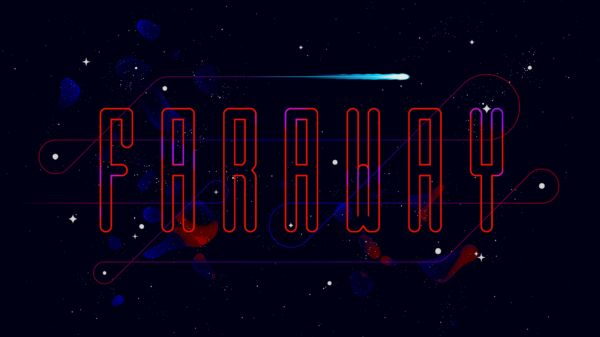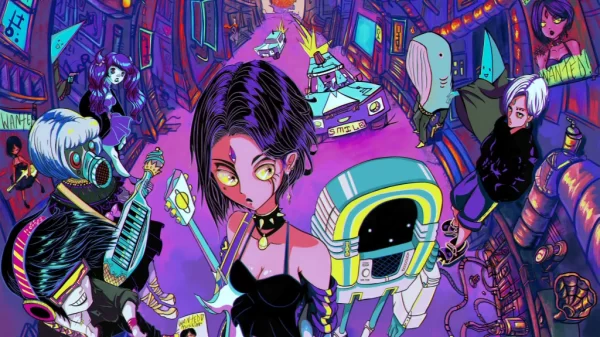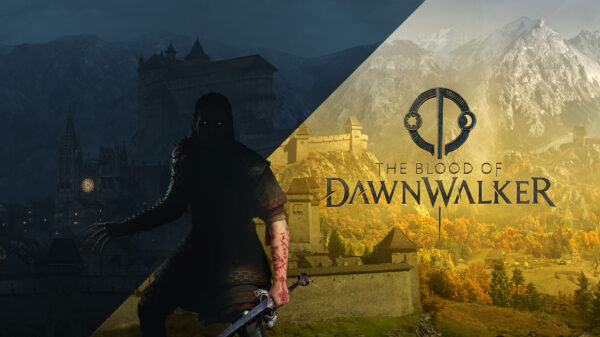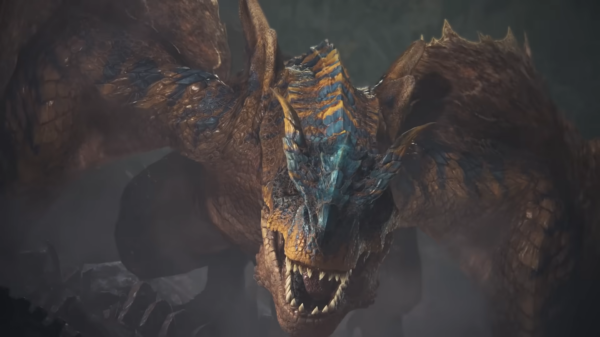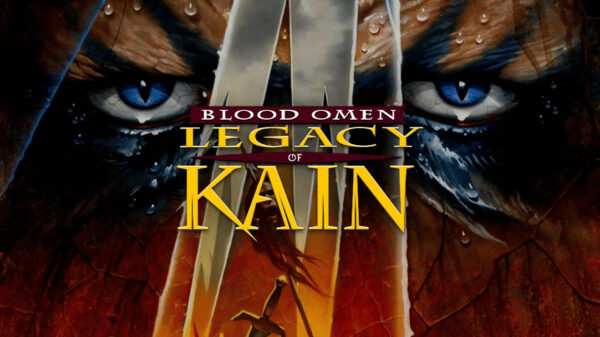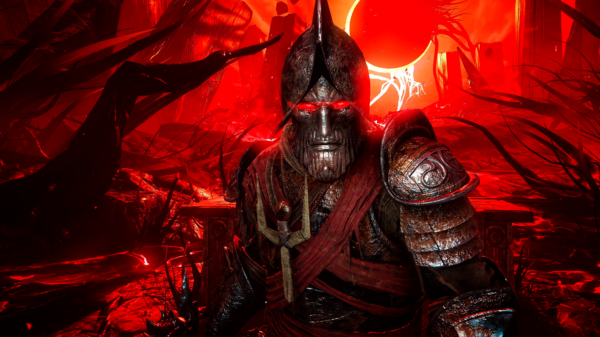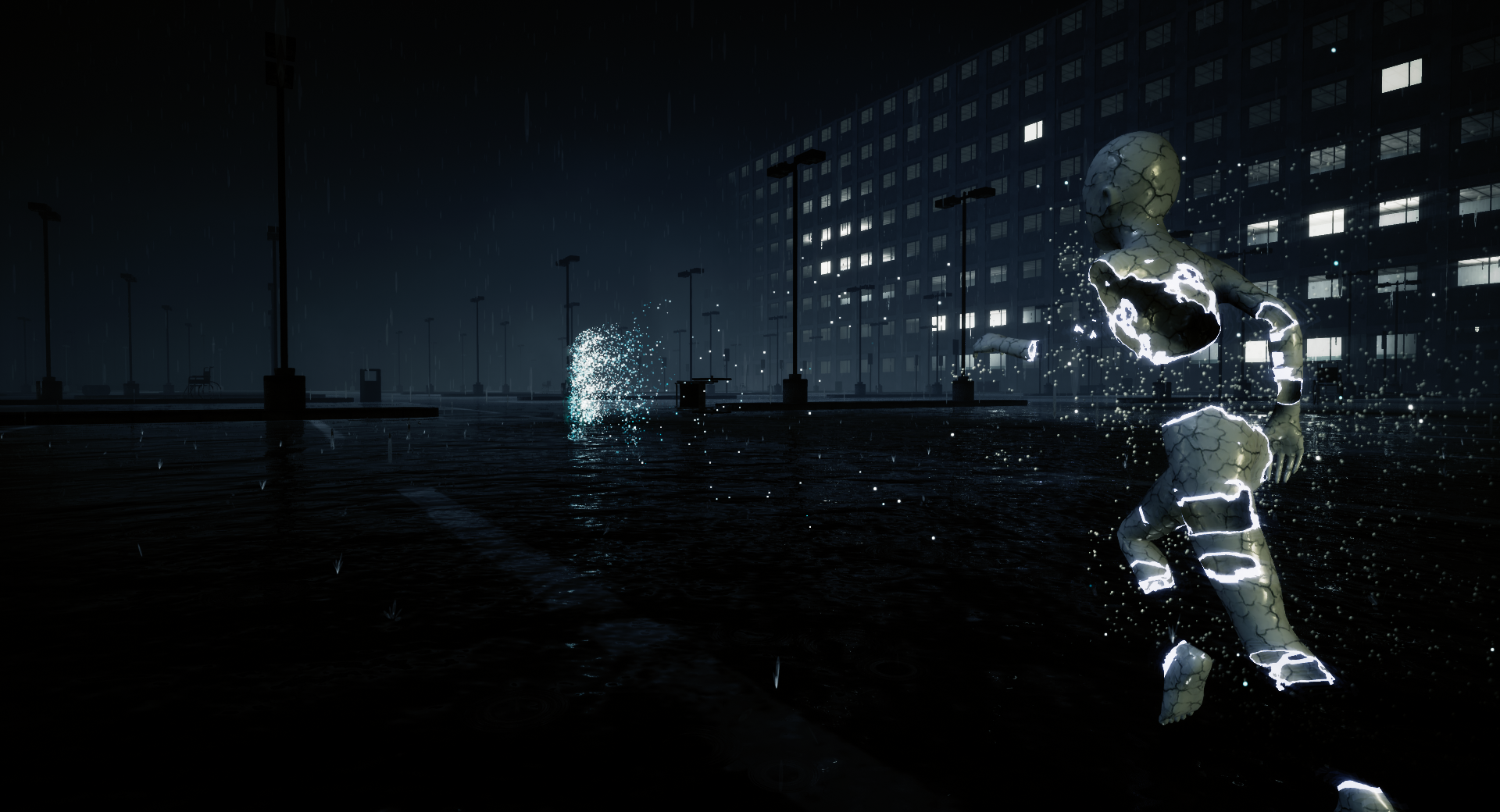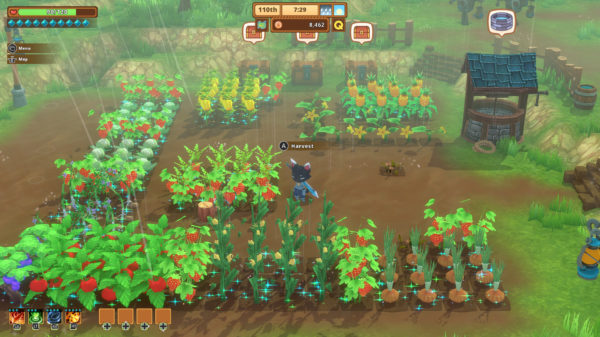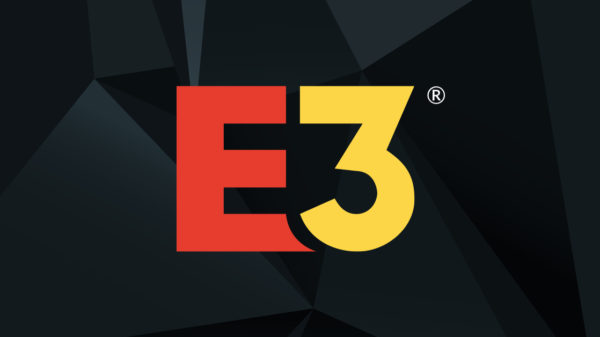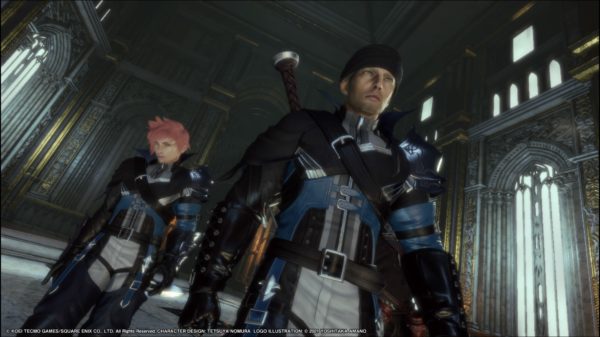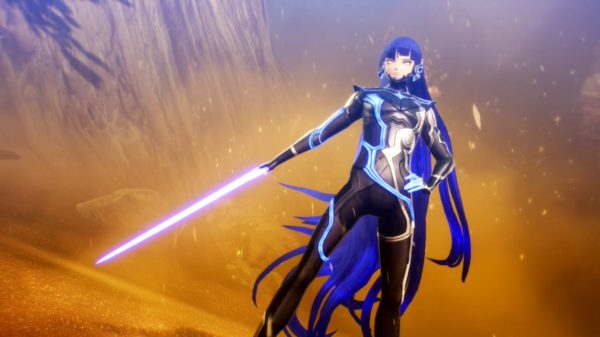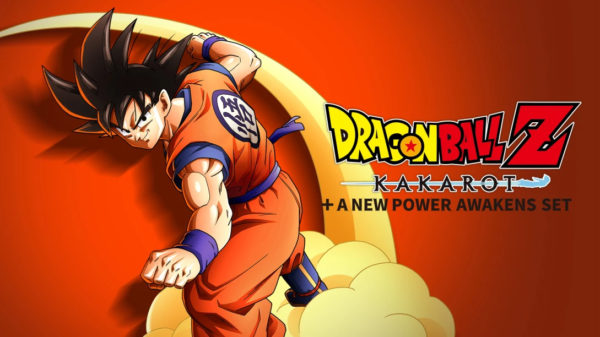A child’s imagination is powerful. From their minds alone, children can create fantastical worlds and fill them with unique creatures our planet has never seen. But even the brightest minds have a dark side, and PLAYMIND’s The Inner Friend explores the childhood fears and nightmares that lurk in the shadows of our subconscious—encouraging players to search for the light in the aftermath of trauma.
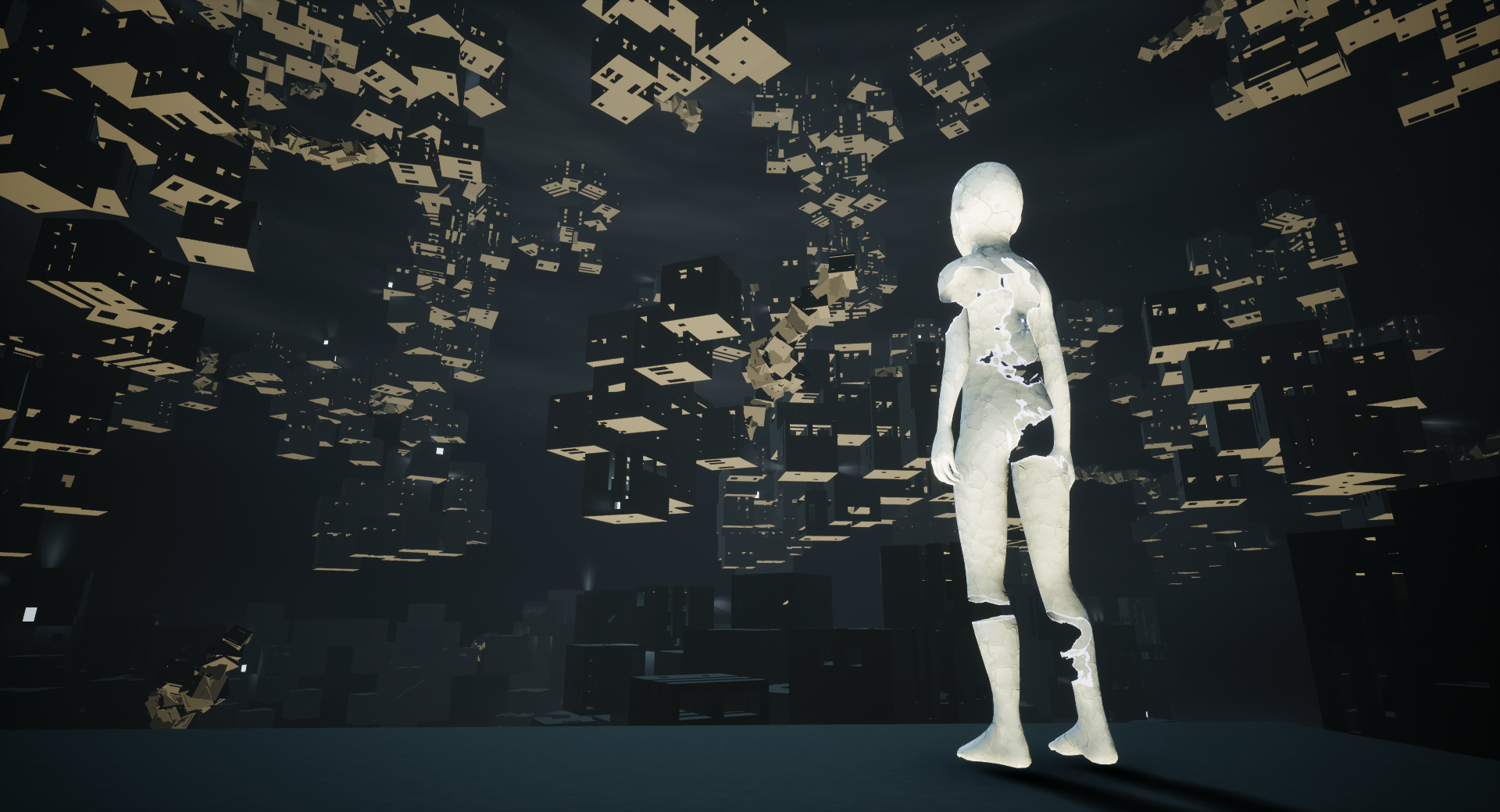
The city-like, materialized subconscious of the Shadow
Completely driven by a silent narrative, The Inner Friend is wholly experiential with just three controls: move, jump, and interact. Players are led by a mysterious Shadow through eerie landscapes common in classic childhood nightmares. In these dimly-lit levels live grotesque, humanoid monsters, some of which confront you in terrifying ways (like chasing you with hair shears). The monsters can’t die, so players are left to run and figure out a way to safety.
While this may initially sound like a horror game, PLAYMIND developers classify The Inner Friend as a “psychological thriller”—the majority of the game being comprised of puzzles, exploration, and contemplation of the messed-up world around you. Every level represents a traumatic memory of the Shadow, which can vary between high-stress chases and low-stress (yet still spine-chilling) meditations. Every successful escape is followed by the protagonist descending into a materialized, city-like subconscious universe—deeper, more emotional journeys awaiting its unraveling. In addition to understanding the Shadow’s past, players also work toward reconstructing what most children consider their safe haven: a child’s bedroom.
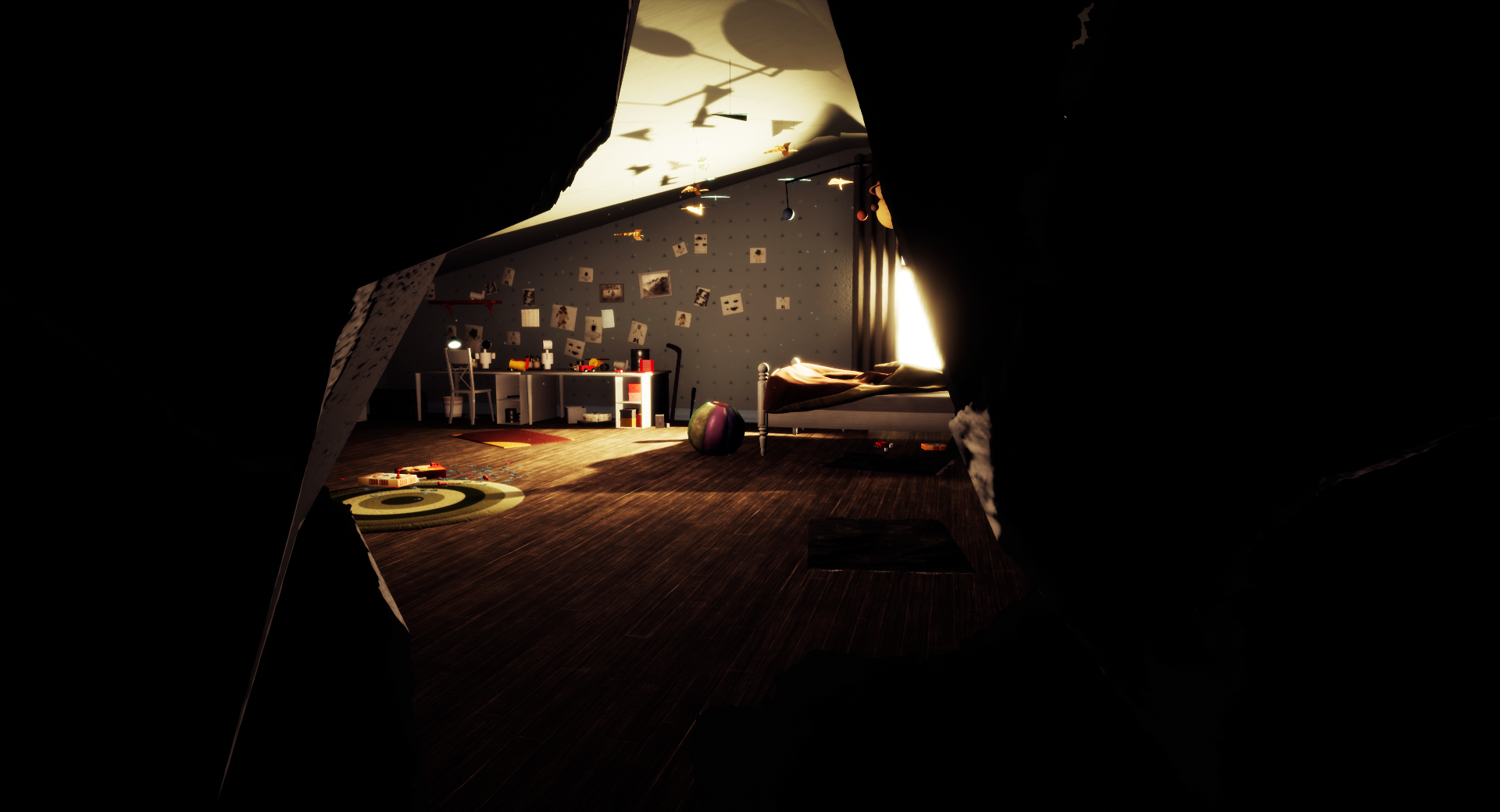
The safest place in the world
Spencer and I played a demo featuring two levels: a more contemplative hospital level and an incredibly stressful hair salon level. Despite being quite tame compared to the hair salon, the hospital still made me anxious. The soundtrack played softly behind the protagonist’s footsteps booming in wide, dark hospital halls—the only constant light being the white glow of the protagonist and the occasional glow of the constantly disappearing Shadow. Passive patients moaned and roamed the halls, killing you if you got too close to their green aura. Doors opened and closed to match your path through the hospital. It was cool seeing the world restructure itself as you moved through it.
Spencer played the hair salon level, which featured a horrifying hairdresser chasing the protagonist with cutting shears. Mirrors were scattered through each room of the level, and you had to jump through the correct one in order to advance to the next room. All the while, the hairdresser messed with your mind: snip-snapping its scissors in your ears and sending chills down your spine. As a certified jittery disaster, I’m glad I got to play the hospital level. Even Spencer was spooked by the hairdresser. What’s nice, though, is that this level was actually inspired by one developer’s childhood fear. That’s one aspect of The Inner Friend I especially like: how personal the project is to the team. The game has a lot of personality and is unlike anything I’ve experienced before (though the team says it has been compared to Playdead’s Inside).

Shear horror
What I love most about The Inner Friend, however, is the great consideration the developers gave to making the game relatable to everyone. We all have fears. The Inner Friend is all about taming these fears and re-connecting with our childhoods, the parts of ourselves that see the beauty in even the ugliest of situations. This means confronting negative emotions and taking the time to understand the selves we lose in pain and suffering.
The Inner Friend holds an important, universal message, but PLAYMIND says each player’s interpretation will be different according to the experiences they bring to the game. One thing’s for sure: the game’s a total trip. I’m looking forward to discovering what other secrets remain hidden in the trenches of the Shadow’s subconscious later this year.

